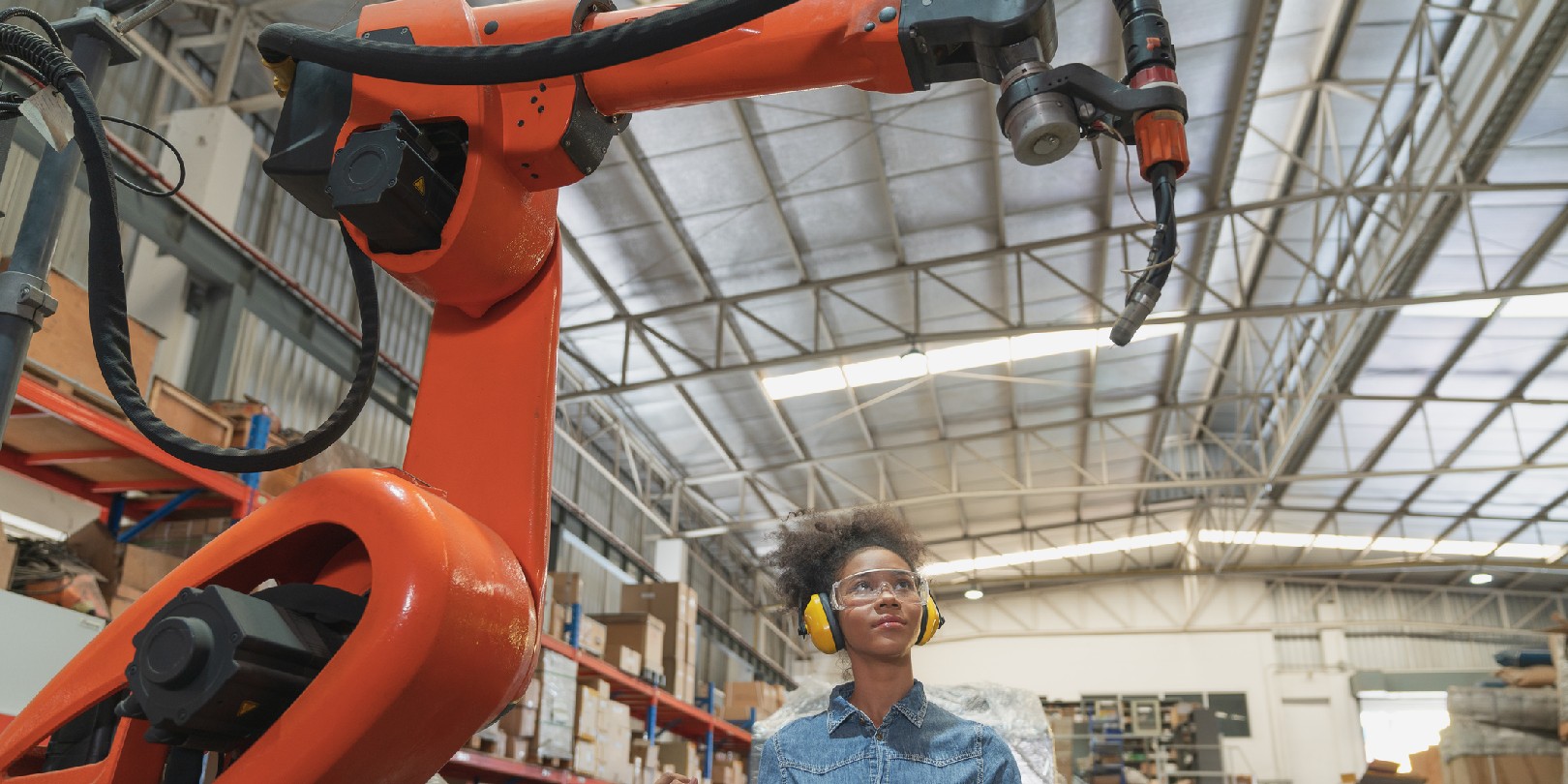Artificial Intelligence in Robots: Here’s What You Should Know

Robots have never been more common in our everyday lives, and the advancement of artificial intelligence (AI) is bringing them to the forefront of conversation. AI-powered robots are becoming more sophisticated with each passing day, and they’re able to perform a range of tasks that used to require human intelligence. But, what exactly is artificial intelligence, and how is it changing the way we interact with robots?
In this post, we’ll provide an overview of artificial intelligence and robotics, and how they’re being used in the world today. We’ll discuss the types of AI-powered robots, and the implications of their use. We’ll also explore how AI is expected to evolve in the years to come, and the possible benefits it could bring to our society.
Types of AI Robots
There are several different types of AI robots available today, each designed for a specialized task or purpose. The most common type is a service robot. These robots are typically programmed to perform specific tasks, such as vacuuming or lawn mowing. They can be programmed to complete certain tasks on their own or with input from a human operator.
Another type of AI robot is a robotic assistant. These systems are designed to interact with people directly in order to complete tasks or provide assistance. For example, many robotic assistants can answer questions, provide directions or offer creative solutions to problems.
Lastly, there is the research-based AI robot. These systems are designed to conduct research and help develop new technologies or solve complex problems. They may be used in scientific fields such as biomedical engineering or robotics engineering.
Common AI Robot Capabilities
AI robots have a wide range of capabilities that make them useful for many different tasks and applications. Common abilities include:
-Voice Recognition: Many robots are equipped with voice recognition technology that allows them to listen for commands and respond accordingly. This technology helps robots interact with people more naturally.
-Object Recognition: AI robots are also capable of recognizing objects in their environment and reacting accordingly. This ability allows them to complete more complex tasks such as sorting packages or performing inspections in hazardous environments.
-Planning/Decision Making: Many AI robots are capable of making decisions without input from a human operator. They can plan ahead and make decisions based on what is best for the task at hand. This capability makes them invaluable tools for many industries and applications.
Limitations of AI Robots
AI robots still have some limitations that need to be addressed before they can become completely autonomous systems. For example, while voice recognition technology has improved greatly over the years, it still has difficulty understanding some commands or accents. Additionally, object recognition systems may have difficulty identifying certain items or be unable to differentiate between similar objects.
Opportunities For AI Robots
AI robots have many potential applications that could revolutionize industries and everyday life alike. Some potential opportunities include healthcare, education, agriculture and factory automation. In healthcare, AI robots can assist doctors with various tasks such as providing medical advice or helping with remote surgery procedures. In education, these systems could be used to create personalized learning experiences for students based on their interests or abilities. Agriculture could benefit from robotic assistants that help farmers better monitor crops and keep track of harvest data more easily than ever before. Finally, factories could use automation through robotics to increase production efficiency while reducing labor costs at the same time.
Challenges Of AI Robots
Developing AI robotics also presents many challenges that must be addressed before these systems become more commonplace in our lives. Security is a major concern since these systems must be guarded against hackers who may seek to exploit them for malicious ends. Additionally, privacy is an issue since these robots will likely have access to sensitive data or personal information that must be safeguarded from unwanted access or misuse by unethical individuals or organizations. Cost is also an obstacle to be considered. Due to the complexity of these systems and the components required for their construction and operation, building reliable AI robots is an expensive process.
The advancement of artificial intelligence robots in electronics and tech has the potential to revolutionize many aspects of our society and drastically improve our lives. From healthcare and education to agriculture and factory automation, these systems could provide us with entirely new ways of doing things and increased convenience. Nevertheless, these systems must be designed with security and privacy in mind in order to ensure that they are used for their intended purpose. Additionally, the cost of creating and manufacturing these systems must also be taken into account so that they can become accessible to a larger portion of the population. As AI robots continue to develop, their potential applications will grow and, hopefully, bring new and exciting opportunities to us all.